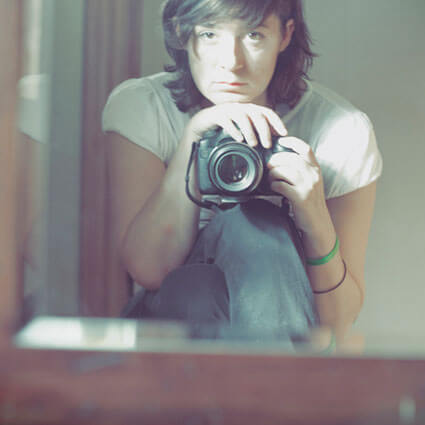Rosa Basurto is a self-taught photographer from Spain who, within a short frame of time, has been widely recognised for her work.
Despite no formal training, Basurto demonstrates an impressive command of photographic skill, producing images that are poetic in style and imitating a dream-like world, within the reality of landscape. Though each image includes quite life-like subjects, such as trees and birds in flight, the spaces they occupy within Basurto’s photographs bring about a very intimate and almost mysterious atmosphere.
By capturing a suspension of time, Basurto’s particular style allows the viewer to notice what would have normally been taken for granted. It is exactly this element that gives each picture its dramatic dimension. It emerges when we view a space that seems tranquil, bringing in to question what habitation would have normally occupied such land. Furthermore, the sense of frame, the cleanliness, and the geometric lines give the image an undeniable modernity.
Basurto’s work has been exhibited in various group shows as well as having been displayed in solo exhibitions around Spain, Portugal and France. Her work has been widely recognised and received various awards. Some of these include; the Jury Prize for the “Historia de invierno”, PhotoEspaña, 2010, First Prize for the Bienal Internacional SICAFI, Argentina in 2008, the IV Concurso de Fotografía de Naturaleza Vila-Real prize in the category of Flowers, Castellón in 2007. She has also won First Place for the EPSON Digital Photography Contest in 2006.
In 2008, Basurto’s work was shortlisted for various awards including Descubrimientos, PhotoEspaña in 2008, Trierenberg Super Circuit, Austria in 2008, the X Biennal Internacional AQÜEDUCTE, 'European Wildlife Photographerof the Year' in the category 'landscapes' in 2007, as well as the “XXXV Trofeo Guipúzcoa Internacional” prize in 2007.
Source www.milimgallery.com
